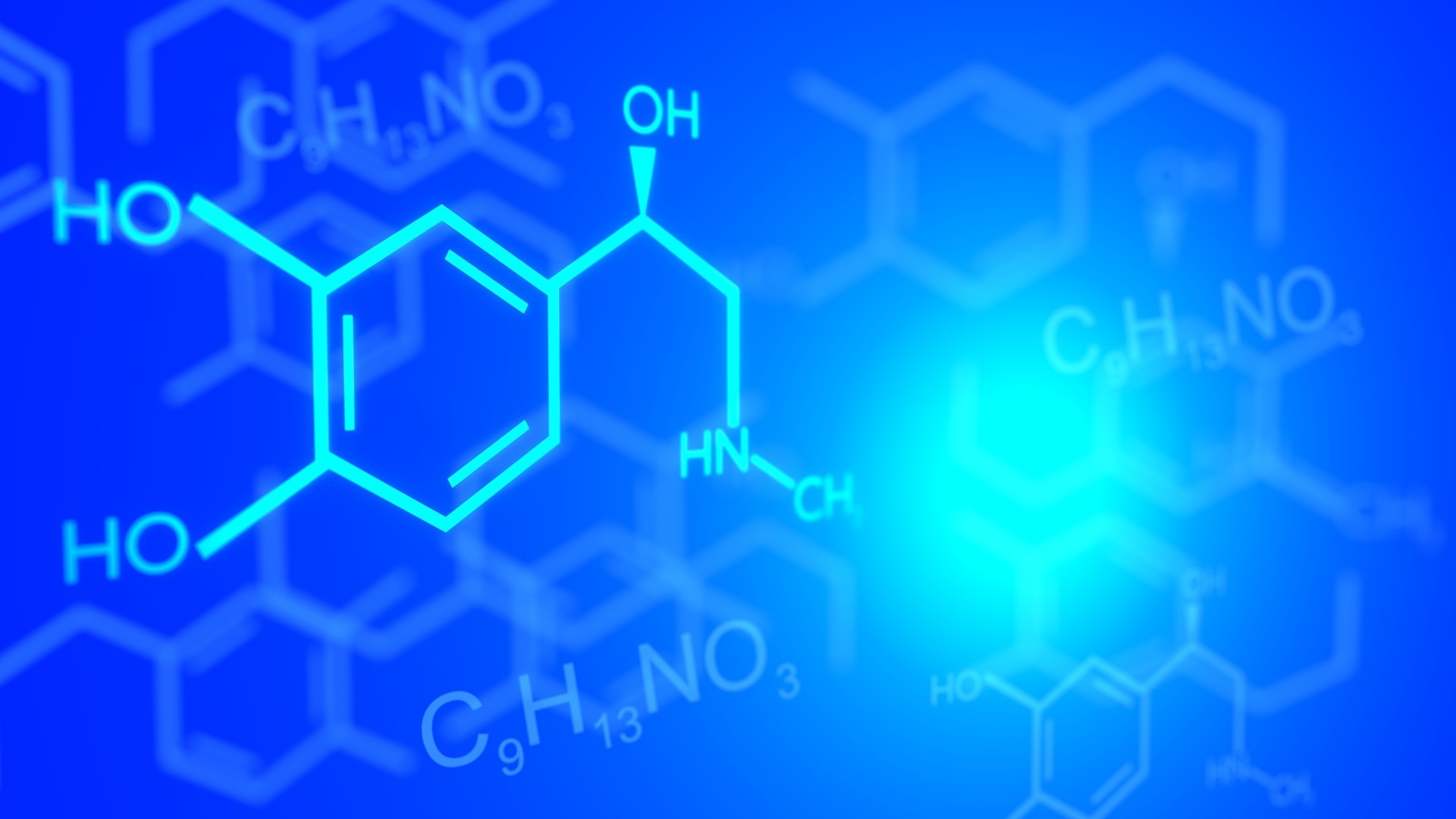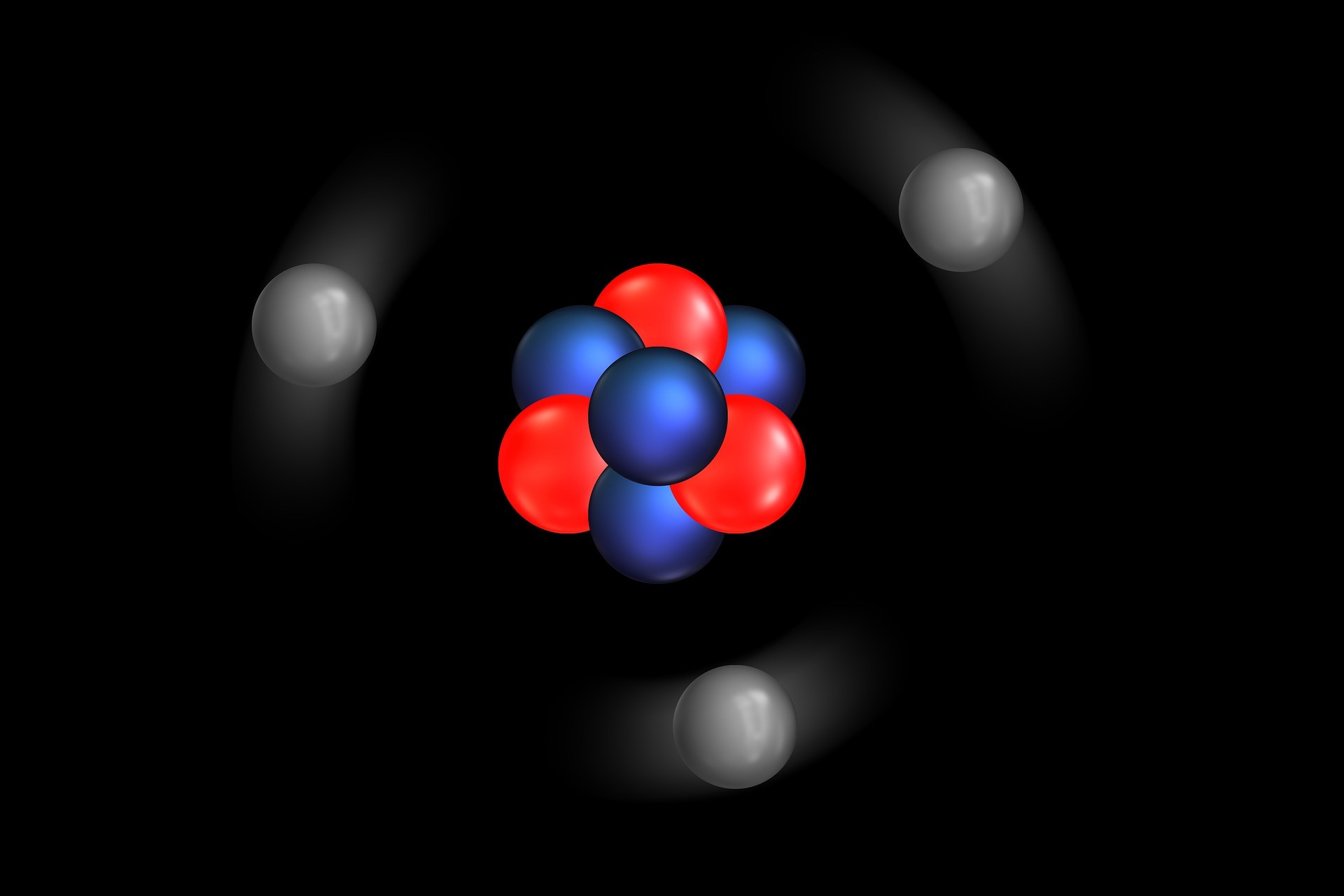Organic Chemistry
Introduction| Definition of Organic chemistry
Organic chemistry deals with the study of carbon compounds and the reactions involving carbon. In addition, carbon valency of 4 means different kinds of chemical bonding can occur. For instance, there are single, double and triple bonds and this is also related to the hybridization and the reactivity of carbon. Therefore, this is called functional groups and will be examined further in more detail.
The alkanes (alkane functional group) contain single carbon-carbon and carbon-hydrogen bonds throughout. However, alkenes have one or double carbon-carbon bonds while alkynes have at least one triple carbon-carbon bond.
The presence of atoms of other elements (heteroatoms) in the organic compound introduces other functional groups. For example, common elements such as O, N, Halogens, S, P are very common in organic molecules. Therefore, there are many other different kinds of functional groups in organic chemistry.
The subject of organic chemistry is broad however teaching usually involves the following topics:
Lewis structures and VSEPR theory
Formal charges and Resonance structures
Lewis structure are simple way of writing the structure of organic compounds. This is done by using the sum total of number of outermost electrons in the atoms involved in the bonding.
VSEPR theory represents simple covalent chemical bonds by straight lines. Moreover, the number of outermost electrons around the atoms in a chemical compound is used to find the hybridization and the geometry. Lone pairs are electron pairs not involved in any chemical bonding and they are represented by two dots. Shared pairs (also known as Bonding pairs) are electron pairs involved in a chemical bond.
Moreover, each type of bonding has specific shape in space and this is called the geometry of the compound. The geometry can be either electronic or molecular geometry.
Formal Charge of atom in a compound = [Number of valence electrons in neutral atom (or group number on periodic table)] – [Number of lone pairs on the atom in the compound structure] – [Number of bonding pairs or bonds around the atom.]
Example formal charge of Carbon atom in CO2, O=C=O:
Carbon has 4 outermost electrons =group number is 4., There is no lone pair electron on the Carbon, so the number of lone pair electrons on Carbon in CO2 is zero. The open structure O=C=O shows that the Carbon in CO2 has 4 bonds or 4 bonding electrons around it.
Therefore, Formal Charge of Carbon in CO2 = 4-0-4=0
Resonance involves shift of electron density by moving lone pairs or bonding pairs without breaking any chemical bond. This can change the formal charge on atoms in a compound and also lead to writing of different resonance structures for certain compounds. Most stable resonance structure is also known as the lowest energy; this is also called most preferred structure and is the structure with the least number of formal charges.
Reaction mechanisms in Organic chemistry
This is referring to details of the stages of the chemical reactions of chemical compounds. Common terms that are used are Nucleophilic Substitution methods (SN1 and SN2) and the Elimination methods (E1 and E2). Most reactions occur due to differences in electron density around atoms and subsequent electrostatic rearrangements to form new bonds. As a result of this, there are two main common reactive groups and these called Nucleophiles and Electrophiles.
Nucleophiles are atoms or group of atoms in a molecule that are electron rich. These are also Lewis bases and they donate electrons to form new bonds. A base is an atom or group that can pick hydrogens (or protons) attached to other atoms. Some of these can be shown as H2O, OH-, RO-, CH3CH2CH2CH2–
Leaving groups are atoms or groups that can hold electrons or negative formal charge by having high polarizability or resonance stabilization can act as good leaving groups. Some of these are ; H2O, Cl-, CO2, Br-
Electrophiles are atoms or group that do not have sufficient electrons and can bond by accepting electrons or associating with electron rich groups. Examples of this are; Ammonium NH4+ , H3O+, NO+, Lewis acids; FeCl3
Substitution and Elimination reactions
There are two common substitution reactions, and they are called SN1 and SN2 reactions. In SN1 occur in two steps; a) the formation of charged intermediate ionic species. b) formation of final neutral molecule. However, SN2 occur in one concerted step to form products. This results in change of stereochemistry at reaction center. E1 is an elimination reaction involving two stages as in SN1 but E2 is a single step reaction as in SN2.
The numbers 1 and 2 in the terminology refers to the rate dependence on the reactants. SN1 reaction rate is determined by how fast the single one intermediate ion is formed from the reactants. This implies SN1 reaction rate depends on the concentration of only one of the reactants. SN2 reaction rate depends on how fast two reactant molecules react to form products. This implies SN2 reaction rate depends on the concentration of the two reactants. Similarly, the same situation is true of E1 and E2.
Analytical techniques in organic chemistry
(IR):Infra Red spectroscopy
This is used commonly to identify functional groups and is based on the wavenumbers by which they absorb infrared radiation. For instance, the carbonyl groups show around 1800 to 1650 cm-1 depending on what is attached to it. The hydroxyl group is usually broad ranging at 3300 to 3000cm-1 . A hydrogen attached to an alkane carbon is usually at 3000cm-1 while that in alkene is 3200cm-1 and that for an alkyne is over 3300cm-1. This difference in wavenumbers is due to the stiffness or strength of the C-H bond.
Stronger and shorter bonds require more energy to vibrate and therefore have higher wavenumbers. This also explains slight differences in wavenumbers of O-H, N-H and C-H. The O-H is slightly shorter and stiffer than N-H, which is also stiffer and shorter than C-H due to atomic size and orbital overlap. The other factor involved is the reduced mass of the atoms forming the bond. If the bond is the same between two atoms, then the reduced mass takes effect. Atoms of lower mass or weight vibrate at higher wavenumbers than heavier atoms An example is stretching vibrations of O-H, N-H and C-H occur at higher frequencies than C-O, C-N and C-C.
NMR: Nuclear Magnetic Resonance
The atoms of some elements have nuclei spins. Therefore this allows them to absorb and emit energy when placed in a magnetic field. This emitted energy is transformed into electrical display on computers to be used to analyze the compound. This is called NMR spectroscopy and it is a very important method of analysis in organic chemistry.
Atoms of different elements display different signals and this depends on the chemical environment in which they are found. Examples of atoms of elements that show NMR activity are as follows ; H, C, O, N, F and S.
UV : Ultra Violet spectroscopy
Chromophores are chemical bonds or functional groups in a compound can absorb UV radiation. Some examples of this include double and triple bonds, benzene and similar ring systems. Electrons are excited to higher energy levels when the compound absorb UV energy . However , the energy is emitted when electrons fall to lower energy ground state . The ability of a compound to absorb UV energy is used UV spectroscopy .
The absorbance A or transmittance can be calculated to find the molar absorptivity of the compound. A = e c l where e is the molar absorptivity, c is the molarity and l is the pathlength of 1.0 cm.
Moreover, this can similarly be used to analyze inorganic compounds that contain transition metals.
MS : Mass spectroscopy
The mass of a compound can be obtained from the mass of the total mass of atoms that make the compound. The elements with different isotopes have percent abundance that appear as different peaks in the spectrum. Isotopes of hydrogen are protium H, Deuterium D, and Tritium T. Carbon isotopes are C-12, C-13, and C-14. Oxygen isotopes are O-16, O-17 and O-18. These can be used to identify the atoms in a compound. In addition to this , it is has been found that a compound will breaks apart due to some methods used. The fragments are ionized and identified as peaks in a mass spectroscopy and this is a common procedure in organic chemistry. Examples of fragments and their masses include benzene -77, H2O -18 etc.
Special topics in organic chemistry
Symmetry and Point group for Molecules. Click here
Molecular Orbital Theory
Free radical reactions
Electrocyclic reactions:



